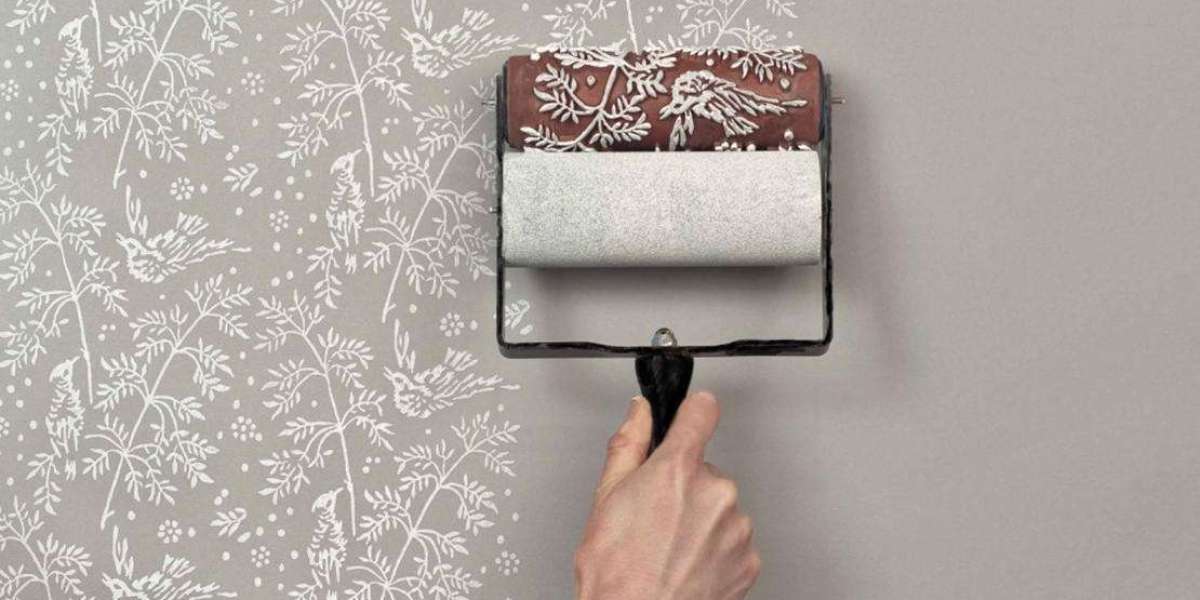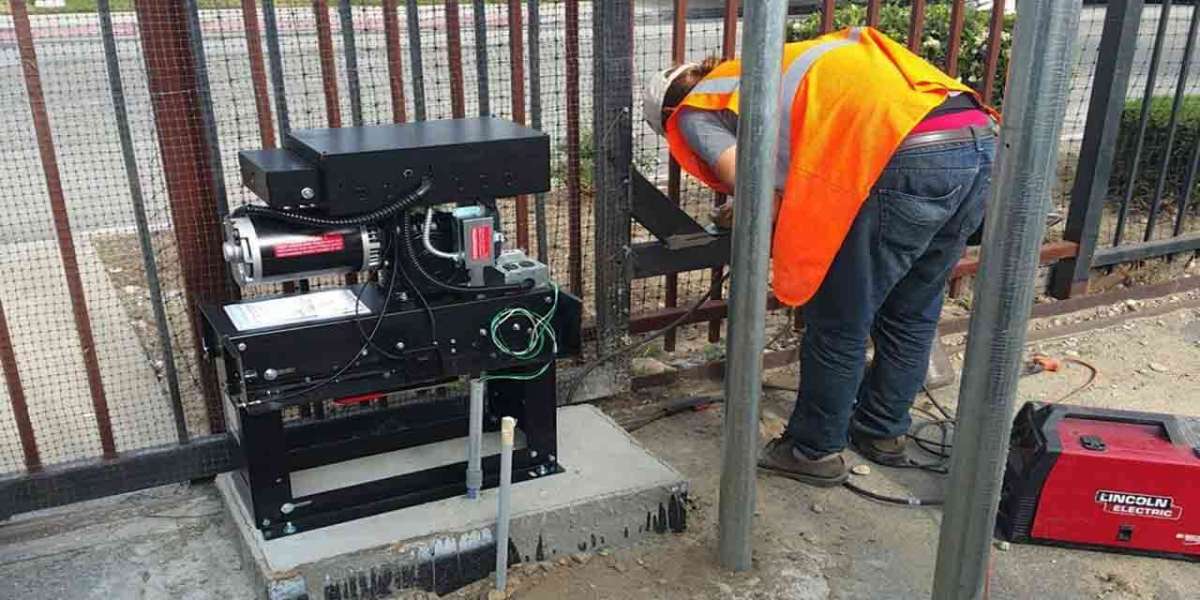Beverage Carrier Market forecast analysis across plastic, paper, and molded fiber reveals shifting demand trends and sustainability-driven material preferences through 2030.
Introduction
The global beverage carrier market is evolving rapidly as brands and manufacturers respond to shifting consumer preferences, environmental regulations, and innovation in materials. Among the most critical factors influencing this market are the choices of material—plastic, paper, and molded fiber. These three materials dominate carrier production, and each comes with its own advantages, challenges, and future potential. This blog analyzes how demand for these materials is expected to grow or decline, and what the forecast looks like for each category.
Overview of Current Material Landscape
Beverage carriers serve both functional and branding purposes. Materials used must provide structural integrity, ease of use, and shelf appeal. Here's where the current material landscape stands:
Plastic: Widely used for its durability and cost-efficiency but increasingly scrutinized due to its environmental impact
Paperboard: Favored for recyclability and branding flexibility, making it popular for craft and premium beverages
Molded fiber: Gaining traction as a biodegradable, sturdy, and sustainable alternative, particularly in eco-conscious markets
Each material's market share is being reshaped by policy changes, technological developments, and consumer demand.
Plastic Carriers: Demand and Decline
Plastic, once the dominant material in beverage carriers, is now under significant pressure. Environmental concerns and legislative action have curbed its growth, especially in developed markets.
Forecast Highlights:
Decline in growth is expected through 2030, especially in Europe and North America where single-use plastics are being phased out
Continued demand in emerging economies due to low production cost and existing infrastructure
Innovation in recyclable and monomaterial plastics may stabilize the segment but will not reverse the decline
Reusable plastic carriers are gaining interest but limited by logistics and consumer adoption
Overall, plastic’s share is expected to drop significantly as regulations tighten and public perception shifts against it.
Paperboard Carriers: Growth and Versatility
Paperboard is one of the fastest-growing materials in the beverage carrier space. It is lightweight, printable, and increasingly associated with sustainability—qualities that appeal to both consumers and regulators.
Forecast Highlights:
Strong CAGR projected through 2030, driven by demand in North America, Europe, and Asia-Pacific
Favorable recycling infrastructure supporting widespread adoption across retail and on-the-go segments
Growing use in premium and craft beverage segments, where brand differentiation is key
Technical improvements such as water-resistant coatings are expanding use into refrigerated and high-moisture environments
Paperboard is expected to become the leading material type in beverage carriers globally by the end of the forecast period.
Molded Fiber Carriers: Emerging and Eco-Friendly
Molded fiber is gaining popularity due to its biodegradable properties and strength. Although its market share is currently smaller than plastic or paper, it is positioned for high growth due to sustainability trends.
Forecast Highlights:
Highest projected CAGR among the three materials through 2030, especially in premium and eco-focused product lines
Increased adoption by large beverage brands looking to improve ESG performance
Limitations include slower production and higher cost, but investment in automation is reducing these barriers
Government incentives and tax benefits in some regions further support molded fiber adoption
Molded fiber is likely to play a major role in future-ready packaging strategies, especially in Western markets.
Regional Demand Comparison
Material preferences vary by geography due to regulation, cost structures, and consumer awareness.
North America: Rapid shift from plastic to paper and molded fiber driven by sustainability mandates
Europe: Leading in molded fiber adoption, supported by strict environmental laws
Asia-Pacific: Mixed trends; plastic still dominates, but paperboard demand is rising with urbanization and eco-conscious consumer segments
Latin America & MEA: Plastic usage remains high, though paperboard is growing in urban centers with more premium product availability
These trends point to a globally diversified material strategy, with paper and molded fiber taking precedence in regulation-heavy regions.
Key Industry Drivers Behind Material Shifts
Several market forces are reshaping the material mix in the beverage carrier segment:
Government regulations banning or taxing single-use plastics
Corporate sustainability pledges aiming for fully recyclable or compostable packaging by 2025–2030
Consumer preference for eco-friendly products, influencing brand choices
Retailer requirements for sustainable packaging in shelf-ready formats
Technological advancements making alternative materials cost-effective and scalable
These combined forces are creating long-term tailwinds for paperboard and molded fiber while curbing plastic’s dominance.
Investment and R&D Focus
Packaging companies are investing heavily in material research to stay competitive and meet future demand.
Paper-based carriers with water-resistant barriers are reducing the need for plastic coatings
Molded fiber innovations are focused on faster molding cycles and stronger designs
Hybrid designs combining fiber and paper elements are being tested to balance cost and sustainability
Bioplastic research continues, though adoption is slower due to cost and infrastructure limits
Companies that invest now in material innovation will be better positioned to lead the market by 2030.
Conclusion
The beverage carrier market is shifting from traditional plastic solutions toward paperboard and molded fiber, driven by sustainability trends, regulation, and evolving consumer preferences. While plastic may still play a role in select regions and applications, its overall market share is expected to decline. Paper and molded fiber, meanwhile, are set to lead the next era of beverage packaging with their eco-friendly, versatile, and increasingly cost-effective profiles.
Understanding these material trends is essential for brands, manufacturers, and investors looking to navigate the evolving landscape of the beverage carrier market.








